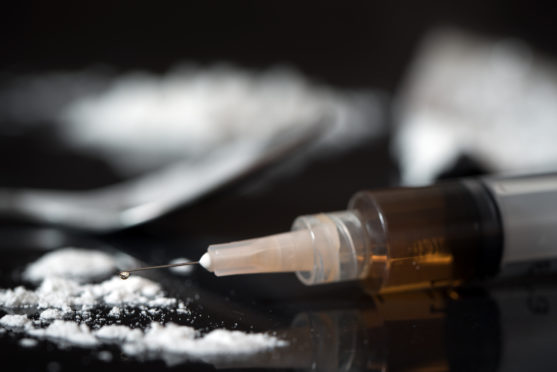
Illegal drug use is complicated. The way drugs are taken and the harm they can wreak is as variable as the cocktail of pills and powders that addicts consume. In terms of the authorities’ response there may be no one remedy but there is one clear responsibility – to save lives.
There should also be a single guiding principle that should drive politicians, policy makers, practitioners and the public to work together, no matter the politics, no matter the geographic borders, or the constitutional framework or legislative responsibility, to keep people alive.
A total of 1,187 people died last year because of drugs. That’s a 27% increase on the year before and means Scotland has a higher proportion of drug deaths than the US, or any other country where the figures are collated.
We have more than three times the number of lives lost in Scotland to drugs than in both England and Wales and, for the first time, more people died in a year here from drugs than from alcohol.
Behind each death will be a trail of destruction – lives wasted, families destroyed, and communities left ravaged and grief-stricken by a rottenness that has taken hold over decades. Generations of people have been lost, with babies born addicted.
The figures are shocking – a shame on Scotland – but what lies behind them is not new. And to reduce the arguments to a blame game between Westminster and Holyrood, and who is responsible for laws around drugs, does a disservice to those who have lost their lives in such a needless fashion.
No life should be so devalued that it can be written off in a constitutional turf war.
Things have been said this week that would have been best left unspoken. The same old constitutional tropes rolled out to try to explain the devastation of a drug problem that has its roots in so many wrong-footed decisions by politicians of every stripe, from every parliament, and over many decades.
Drug abuse is a symptom of a broken society. Politicians arguing over what powers they have or haven’t is doing nothing to tackle the underlying issues of inequality and lack of hope and direction that fuel a crisis that is now killing our fellow Scots.
But there is reason for an SNP Government that claims to be focused on tackling inequality, that has been brave on so many other areas of public health, to take a long, hard look at itself and wonder why in a country of just five and a half million it has been unable in its 12 years in power and with full responsibility for health and justice, to really make a difference on drugs. And that cannot simply be wished away as Westminster’s problem.
Drug use is 17 times higher in Scotland’s poorest areas compared to the wealthiest and, when asked by MPs how to tackle the drug misuse problem, Dr John Budd, a clinician who works with the homeless, said simply “eradicate childhood poverty”.
No child ever says that what they want to be when they grow up is a drug addict and yet that is what is happening in droves. The poor cannot continue to be the collateral damage for failed policies around drugs, and that is a responsibility for us all.

Enjoy the convenience of having The Sunday Post delivered as a digital ePaper straight to your smartphone, tablet or computer.
Subscribe for only £5.49 a month and enjoy all the benefits of the printed paper as a digital replica.
Subscribe